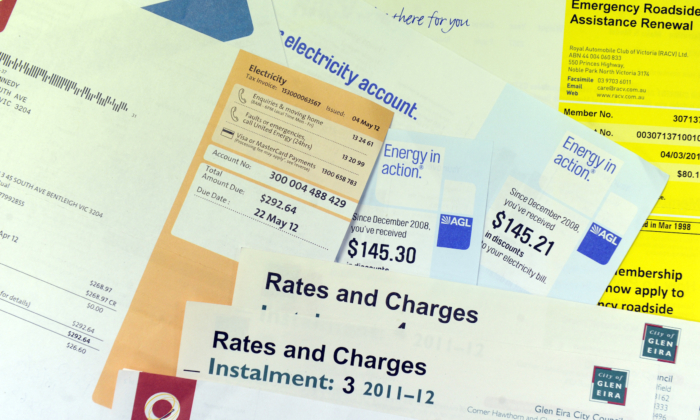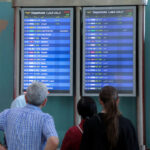Pursuing nuclear energy in Australia could lead to higher power bills for households, according to a study conducted by the Institute for Energy Economics and Financial Analysis (IEEFA).
IEEFA data indicates that introducing nuclear energy into Australia’s energy mix could result in an average increase of $665 per year in electricity bills for typical Australian households, as proposed by the Coalition.
Furthermore, IEEFA estimates that nuclear energy could lead to an average annual increase of $972 for a four-person household and $1,182 for a five-person household.
Based on the costs of the Hinkley Point C reactor in the UK, the highest annual increase in household electricity bills to cover the cost of nuclear plants would be $1,054 for Victoria, $1,259 for South East Queensland (SEQ), $1,154 for New South Wales (NSW), and $1,064 for South Australia (SA).
Using the Czech Republic’s Dukovany plant as a model, the lowest yearly increase would be $353 for Victoria, $311 for SEQ, $312 for NSW, and $260 for SA.
“Australia would likely face even higher large-scale nuclear costs than these recent international examples, due to the country’s limited nuclear capability and the small size of any potential Australian nuclear build-out program,” said Johanna Bowyer, lead analyst for Australian electricity at IEEFA.
Other models considered in the study include Finland’s Olkiluoto Unit 3, France’s Flamanville Unit 3, and the United States’ Vogtle Units 3 and 4 and NuScale SMR.
“Our analysis suggests that household power bills would need to rise significantly for nuclear power plants to become a commercially viable investment without substantial taxpayer-funded government subsidies,” added Bowyer.
IEEFA recommends a thorough examination of any plan to introduce nuclear energy in Australia, with a focus on the potential impact on electricity system costs and household bills, as well as detailed analysis of alternative technologies such as renewables and firming.
The Clean Energy Council supports IEEFA’s report and advocates for prioritizing renewables over nuclear energy.
“Households cannot afford to wait for a technology that may not be the best fit for Australia. Renewables paired with energy storage offer the lowest-cost electricity supply and are readily available,” said Con Hristodoulidis, Co-chief Policy and Impact Officer at the Clean Energy Council.
Critic Discredits IEEFA’s Models
On the other hand, the Centre for Independent Studies challenges IEEFA’s findings, arguing that the study used unsuccessful nuclear energy projects as models.
“Most of these projects were first-of-a-kind, or at least the first of their kind in their respective countries, and faced challenges due to inexperienced construction and management teams,” explained Aidan Morrison, Director of Energy Research at the Centre for Independent Studies.
“To achieve cost-effective nuclear energy, it is essential to choose a proven design and build multiple plants rather than stopping after constructing just one or two.”






